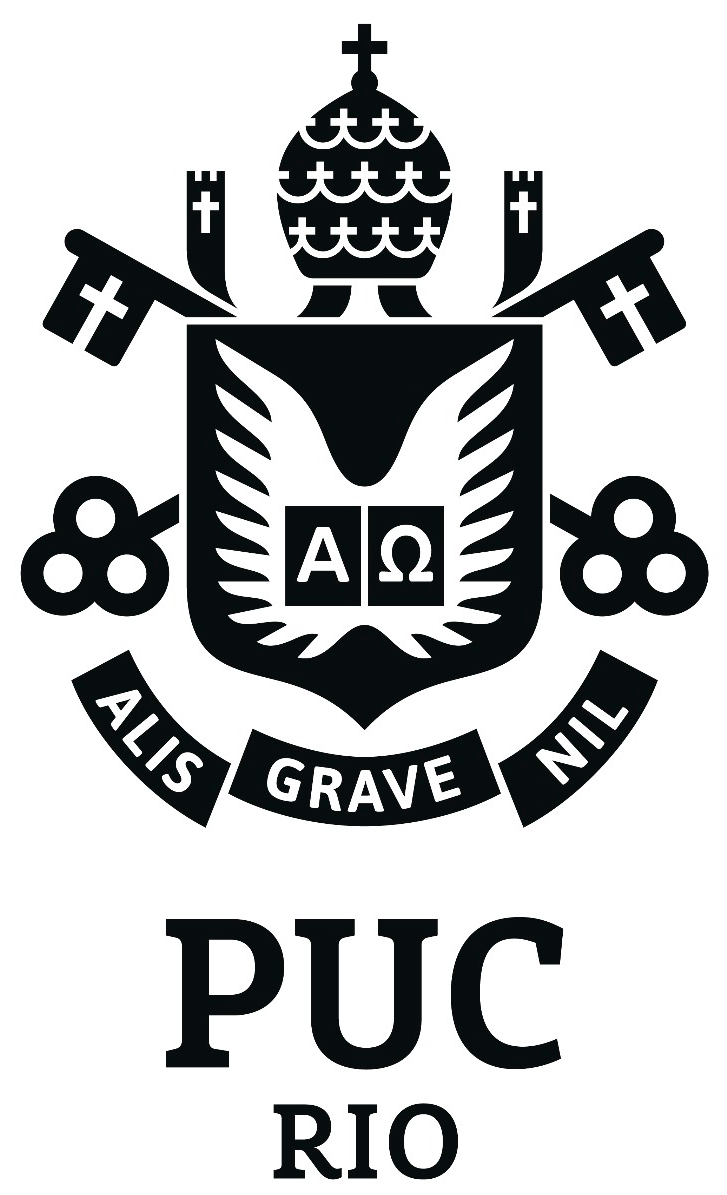Monetary Policy and Welfare Outcomes from Heterogeneity
Orientador(a): Eduardo Zilberman
Banca: Yvan Becard, Felipe Iachan.We explore the relation between monetary policy and welfare in a heterogeneous agent New Keynesian (HANK) model by grouping households in wealth classes. Our goal is to analyze the principal channels through which monetary policy affects classes’ income, savings and how it is related to their welfare after a demand and technology shocks. Our analysis covers different signs and magnitudes for these shocks, along with different Taylor rules and parameters’ calibration. In the demand shock case, the wealthiest 10% and poorest 90% have irreconcilable policy preferences. We propose total income is central to explain classes’ policy preferences. Bigger streams of income augment the number of consumption and leisure streams households can choose, improving welfare. In the technology shock case, after a negative shock, rules more reactive to output moderate the rise in interest rates and the recession. We propose it is relatively easier to cushion the shock under these rules by increasing borrowings. Consequently, households prefer them instead of rules more reactive to inflation and non reactive to output. However, after a positive shock, households prefer the Taylor rule which maximize total income, following the same logic from the demand shock case.
Veja também
Monetary Policy and Housing in HANK
09/05/2025
Marcos Kiehl Sonnervig
A stochastic simulation/calibration of the cash flows between FAT and BNDES Better understanding the cash flow projections for the fund
05/05/2025
Tiago Cytryn Collett Solberg
Domestic and External Shocks in the Brazilian Business Cycle
28/04/2025
Yvan Becard

